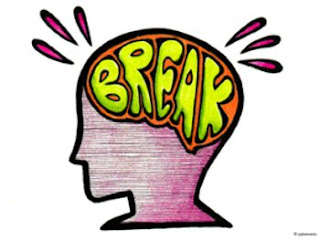Post #6 Resources to support home learning
There are many resources available which you might be able to use/adapt for your child during home learning. Here is a selection, I will keep adding others as I find them! NEWLY ADDED : BBC Bitesize Parents' toolkit SEND Parents' toolkit: SEND BBC Bitesize are delivering daily lessons for primary and secondary age groups: BBC Bitesize lessons see the daily schedule of lessons here: Daily lesson schedule Widgit symbols 21 day free trial: Symbol to support writing Resources with visual supports Lots of resources here: National Autistic Society - resources This resource includes a few stories about Corona-virus, with pictures. Scroll down and you will find some fun activities, supported with pictures - a lovely resource: Stories and activities with pictures Autism West Midlands - visual resources Autism Centre for Research - Covid 19 resources list SEND Essentials resources Loads of resources & great ideas :) DfE - online educati...

